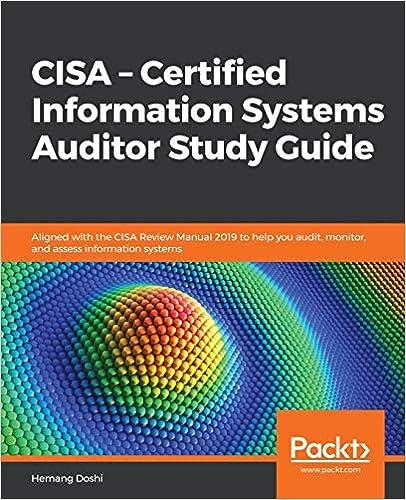In southern Ontario, The Wild Orchard Corporation grows, processes, packages, and sells three joint apple products: (a) sliced apples that are used in frozen pies, (b) applesauce, and (c) apple juice. The skin of the apple, processed as animal feed, is treated as a by-product. Wild Orchard uses the estimated NRV method to allocate costs of the joint process to its joint products. The by-product is inventoried at its selling price when produced; the net realizable value of the by- product is used to reduce the joint production costs before the splitoff point. Details of Wild Orchard's production process are presented here: The apples are washed and the skin is removed in the Cutting Department. The apples are then cored and trimmed for slicing. The three joint products and the by-product are recognizable after processing in the Cutting Department. Each product is then transferred to a separate department for final processing. The trimmed apples are forwarded to the Slicing Department, where they are sliced and frozen. Any juice generated during the slicing operation is frozen with the slices. The pieces of apple trimmed from the fruit are processed into applesauce in the Crushing Department. The juice generated during this operation is used in the applesauce The core and any surplus apple pieces generated from the Cutting Department are pulverized into a liquid in the Juicing Department. There is a loss equal to 8% of the weight of the good output produced in this department The outside skin is chopped into animal feed and packaged in the Feed Department. It can be kept in cold storage until needed. A total of 270,000 kilograms of apples entered the Cutting Department during October. The following schedule shows the costs incurred in each department, the proportion by weight transferred to the four final processing departments, and the selling price of each end product. Departments Costs Incurred Proportion Transferred to Department Selling Price per kg of Final Product Cutting Slicing Crushing Juicing Feed Total $72,000 13,536 10,260 3,600 840 $100,236 33% 30% 27% 10% 100% $0.96 0.66 0.48 0.12 $2.22 1 The Wild Orchard Corporation classifies animal feed as a by-product. The by-product is inventoried at its selling price when produced; the net realizable value of the product is used to reduce the joint production costs before the splitoff point. Before 2017, Wild Orchard classified both apple juice and animal feed as by-products. These by-products were not recognized in the accounting system until sold. Revenues from their sale were treated as a revenue item at the time of sale. The Wild Orchard Corporation uses a "management by objectives" basis to compensate its managers. Every six months, managers are given "stretch operating-Income-to-revenue ratio targets. They receive no bonus if the target is not met and a fixed amount if the target is met or exceeded. Required: 1) The Wild Orchard Corporation uses the estimated NRV method to determine inventory cost of its joint products; by-products are reported on the statement of financial position at their selling price when produced. For the month of October 2017, calculate the following: a. The output for apple slices, applesauce, apple juice, and animal feed, in kilograms. (10 marks) b. The estimated NRV at the splitoff point for each of the three joint products. (10 marks) C. The amount of the cost of the Cutting Department assigned to each of the three joint products and the amount assigned to the by-product in accordance with corporate policy. (10 marks) d. The gross margins in dollars for each of the three joint products. (10 marks) 2) Comment on the significance to management of the gross margin dollar information by joint product for planning and control purposes, as opposed to inventory costing purposes. (10 marks) 3) Assume that wild Orchard managers aim to maximize their bonuses over time. What by- product method (the pre-2017 method or the 2017 method) would the manager prefer? (10 marks) 4) How might a controller gain insight in to whether the manager of the Apple Products division is "abusing the accounting system in an effort to maximize his or her bonus? (10 marks) 5) Describe an accounting system for the Wild Orchard Corporation that would reduce "gaming" behaviour by managers with respect to accounting rules for by-products. (10 marks) 6) Provide a recommendation given the case facts and your analysis. (10 marks) 7) Pay attention to detail within your answers in terms of spelling, grammar, and formatting (10 marks)









